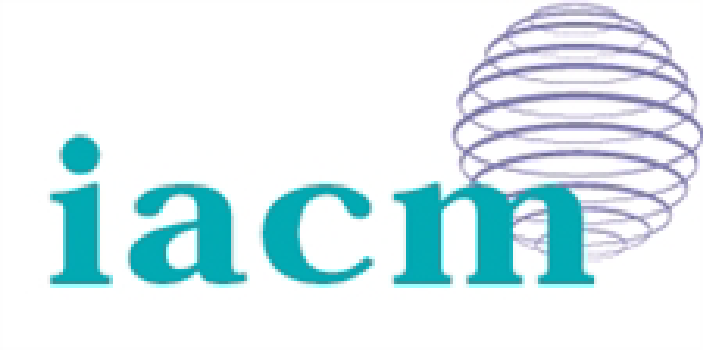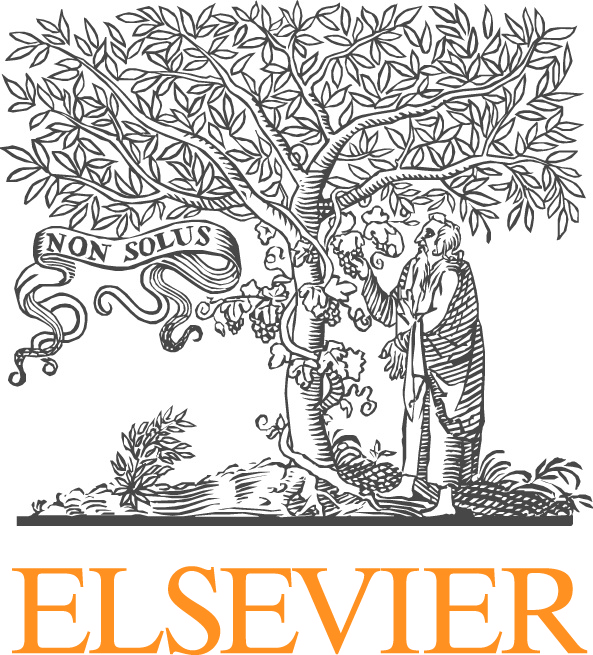Jessica Zhang, Carnegie Mellon University
Carla Manni, University of Rome "Tor Vergata"
Hendrik Speleers, University of Rome "Tor Vergata"
Jorg Peters, University of Florida
Xiaoping Qian, University of Wisconsin-Madison
Annalisa Buffa, CNR, Italy
Isogeometric analysis aims at bridging the gap between geometric modeling and traditional finite element analysis and to produce efficient design-through-analysis procedures. The isogeometric approach uses the smooth spline spaces for the computer-aided design as the finite-element spaces, thereby yielding exact geometry-representations for the purpose of analysis. Rejuvenating the study of higher-order methods, the methodology has been successfully applied to myriad problems. However, an unintended consequence has been the inheritance of open problems in the field of geometric modeling. In particular, modeling geometries of arbitrary topologies using quadrilaterals/hexahedra leads, in general, to unstructured meshes with irregularities. This triggered the interest in the construction of smooth splines on bivariate and trivariate unstructured meshes for their subsequent use in isogeometric analysis. The minisymposium aims to bring together experts in computational geometry and engineering analysis to discuss the most recent research advancements on triangular splines, tensor product splines, extraordinary nodes, local refinement, analysis suitability, convergence rate and so on. In addition to theoretical issues, the minisymposium also welcomes presentations talking about complex geometry, industry applications and software toolkits development of IGA.







